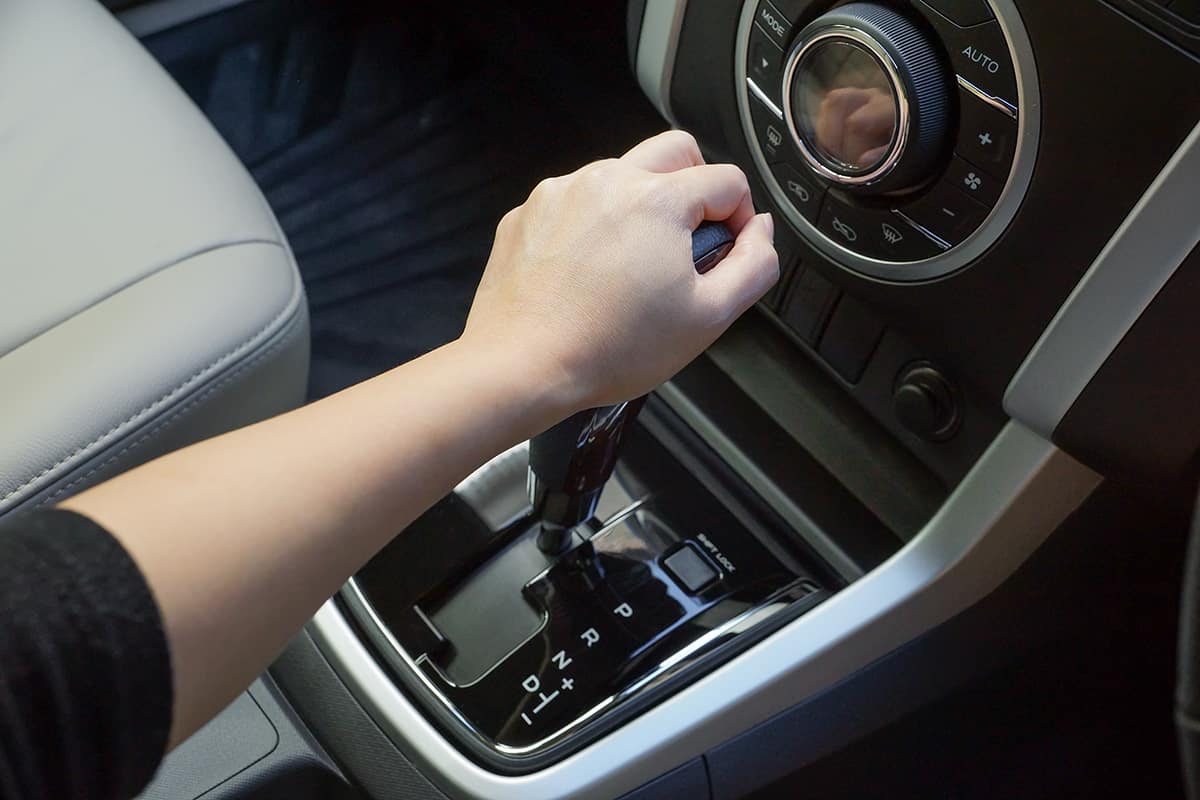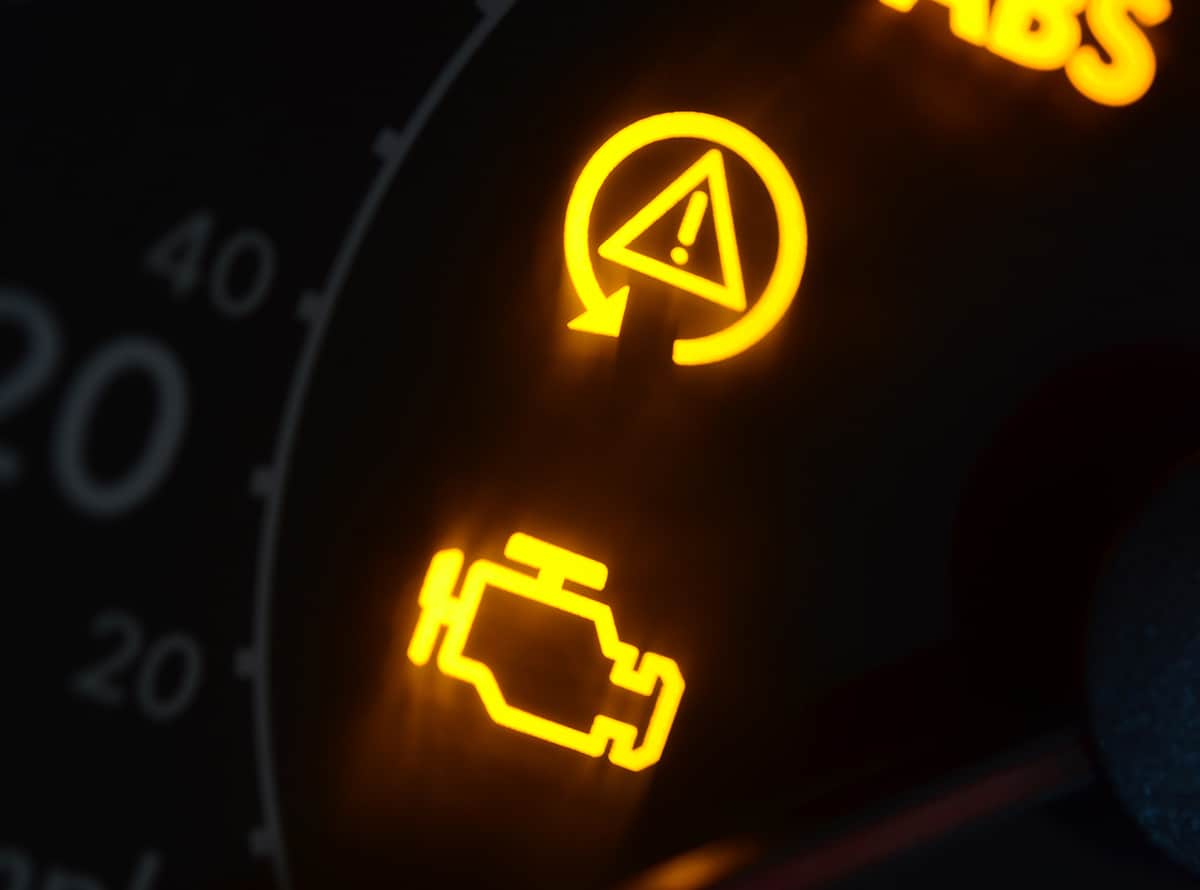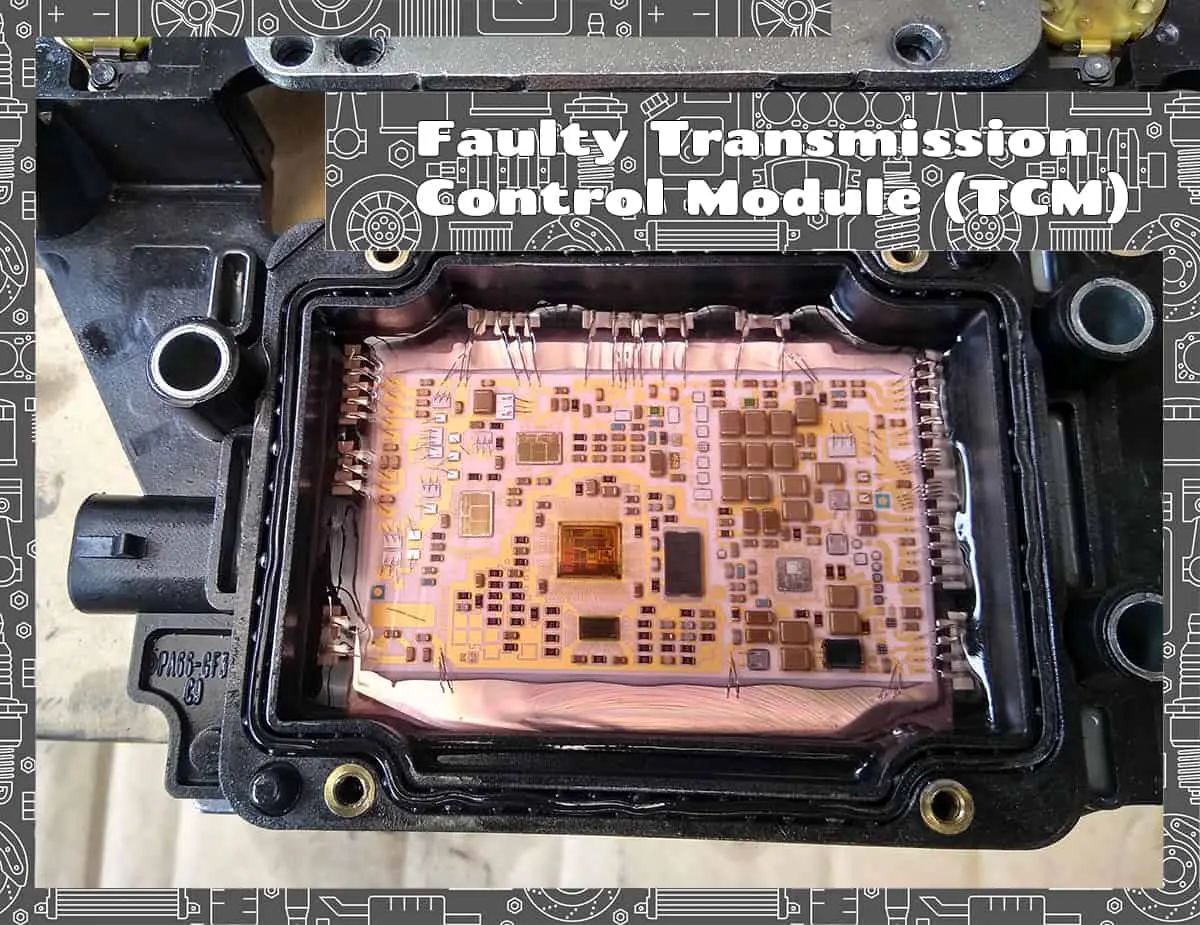The transmission control module (TCM) is like the brain for your car’s transmission, ensuring gears shift smoothly and at the right times. When it works well, you barely notice it. But when it starts to fail, your car might behave in strange ways, and it can feel quite frustrating.
A faulty TCM often gives signals like delayed or unexpected gear shifts, decreased fuel efficiency, a lit-up ‘Check Engine’ light on your dashboard, and your car making unusual noises or vibrations.
In this article, we will dive deep into the world of the TCM. We’ll discuss what happens when it starts to fail, how to recognize the signs, when it might be time to replace it, and the costs involved. It’s all about helping you understand and take care of your car better.
A Quick Look at the TCM
The TCM is a type of computer in your car that manages the gears. It uses information from sensors located throughout the car to decide when to shift gears.
Understanding the Role of the TCM
If you’re accelerating to pass another car on the highway, the TCM will understand this based on the data it receives and decide to shift the car into a higher gear, allowing you to speed up. Conversely, if you’re slowing down for a red light, the TCM will shift into a lower gear. This constant decision-making ensures a smooth and comfortable ride.
Furthermore, the TCM doesn’t work alone. It communicates with other components of your car, like the engine control module (ECM), to ensure all systems are working together harmoniously.
Common Causes of TCM Failure
Even though the TCM is vital, certain factors can cause it to stop working as it should, which we categorize as external and internal factors.
External factors may include extreme weather conditions like excessive heat or cold. Also, if water somehow gets into the place where the TCM is located, it can cause damage. Physical impacts from accidents can also harm the TCM.
Internal factors refer to problems that occur within the TCM itself. For example, electrical issues such as short circuits can happen, disrupting its function. If the TCM is getting the wrong data from a malfunctioning sensor or the wires connecting the TCM to other parts are damaged, it can affect how the TCM operates.
Recognizable Symptoms of a Faulty TCM
When something goes wrong in your car, it often tries to tell you about it, and a faulty TCM is no exception. Here are the symptoms that indicate a problem with your car’s TCM.
1. Delayed gear shifting

The TCM controls when and how your car shifts gears. When it’s not working correctly, these shifts can happen later than they’re supposed to. You might press the gas pedal and expect the car to speed up smoothly, but instead, there’s a noticeable delay before the car moves into the next gear.
2. Unexpected gear shifting
This can feel like your car has a mind of its own, shifting into different gears without any reason. You might be driving at a steady speed, and out of nowhere, the car shifts into a higher or lower gear.
3. Poor vehicle performance
A faulty TCM can also lead to overall poor vehicle performance. Because the TCM is responsible for the smooth operation of the car’s transmission, any issues with it can affect how the whole car performs.
This could manifest as the car feeling sluggish or less responsive. For example, you might notice that the car doesn’t accelerate as quickly as it used to, or it might not reach the speeds it once could.
4. Check Engine Light and error codes

The check engine light on your dashboard is there to alert you when something’s not right in your car. A faulty TCM is one problem that can cause this light to come on. Alongside this, you might also see error codes with an OBD-II scanner. These codes are like the car’s way of telling you what’s wrong in more detail.
5. Unusual noises or vibrations
You might hear a humming or whining noise, especially when the car is shifting gears. Or you might feel unusual vibrations while driving, particularly at certain speeds or when accelerating.
When to Replace Your TCM
Let’s learn about the key signs that might indicate it’s time to get a new TCM.
1. Repeated unresolved symptoms
Imagine your computer keeps freezing even after several repairs. At some point, you’ll realize it’s better to get a new one. If you notice the symptoms we talked about earlier—like delayed or unexpected gear shifts or unusual noises or vibrations—and they keep happening even after trying to reprogram the transmission control module and doing all things to fix them, it might be time to replace your TCM.
2. Constant Check Engine Light
If this light comes on and stays on, even after you’ve tried to address the problem it’s signaling, it might be time to consider replacing your TCM. Of course, you should rule out other causes of this light before spending a bundle on replacing the TCM (we’ll talk about costs in a second).
3. Professional mechanic’s advice
Before resorting to drastic measures (replacing the TCM is pretty drastic), you should get a second opinion from a qualified professional. Visit your local mechanic and ask them whether or not your TCM can be fixed or if it needs to be replaced. They should have the tools and technical know-how necessary for making such a decision.
Cost of TCM Replacement
Replacing any part of a car can be pretty costly, and the TCM is no exception. If you need to replace it, you should keep the following things in mind:
1. Cost of the TCM itself
The TCM is a crucial part of your car, so it’s not surprising that it’s not cheap. The cost can vary depending on the make and model of your car, but generally, you can expect to pay anywhere from $200 to over $800 for a new TCM. The exact cost of a replacement TCM will depend on where you get it and the make and model of your vehicle.
2. Labor costs
The cost of the TCM is only part of the expense. You also have to consider the labor cost, which can range from $50 to $200 per hour, depending on the mechanic’s experience and your location. The time it takes to replace a TCM can vary, but typically it takes about 2-4 hours.
3. Additional expenses
Sometimes, there can be additional costs to consider. For example, if the TCM has damaged other parts of the transmission system, these might need to be repaired or replaced as well. Also, after installing the new TCM, the mechanic will need to program it so that it works correctly with your specific car. This usually involves additional costs.
Tips to Extend TCM Life
The TCM needs regular care and attention to stay “healthy.” Let’s dive into some tips on how to extend the life of your TCM.
1. Regular car maintenance
Regular maintenance is key to keeping your TCM healthy. This includes regular oil changes, checking your transmission fluid, and getting your car serviced on schedule.
2. Keeping transmission fluid clean and at a proper level
Keeping your transmission fluid clean and at the proper level is essential. Dirty or low transmission fluid can cause your TCM to work harder than it needs to, which can lead to problems down the line.
3. Avoiding overheating
Overheating is one of the biggest threats to your TCM. This can happen if you’re driving your car very hard, like if you’re racing, towing a heavy load, or driving in very hot weather.
4. Being mindful of how you drive
How you drive can also impact the life of your TCM. Try to avoid sudden starts and stops, and don’t shift gears abruptly.
FAQs
1. How long does a TCM typically last?
Your TCM can keep working for many years, especially if they’re well looked after. Usually, a TCM can last for about 80,000 to 150,000 miles. But this isn’t a strict rule. Some TCMs might last longer or less time, depending on how the car is driven and maintained. The important thing is to keep an eye on it and make sure it’s working correctly.
2. How do I know if my TCM needs replacement?
There will be signs, like if the car is shifting gears strangely, the check engine light comes on, or the car won’t start. Also, if your car goes into limp mode, where it only uses a single gear, it could be a sign of a problem with your TCM. If you notice any of these issues, visit a trusted mechanic as soon as possible.
3. Can I replace a TCM myself?
If you have the right tools, knowledge, and skills, you could potentially do it. But just like fixing a gaming console, replacing a TCM can be complex. It involves disconnecting the old TCM, installing the new one, and then programming it to work with your car. jordan wise on YouTube has a 2-minute guide on how to do this.
If you don’t do it right, you could cause more problems. Visiting your mechanic may be the safer option and you can have peace of mind knowing it’s done correctly.







